Home>Storage Ideas>Kitchen Storage>Is It Better To Have Doors Or Drawers In A Kitchen? The Experts Advise
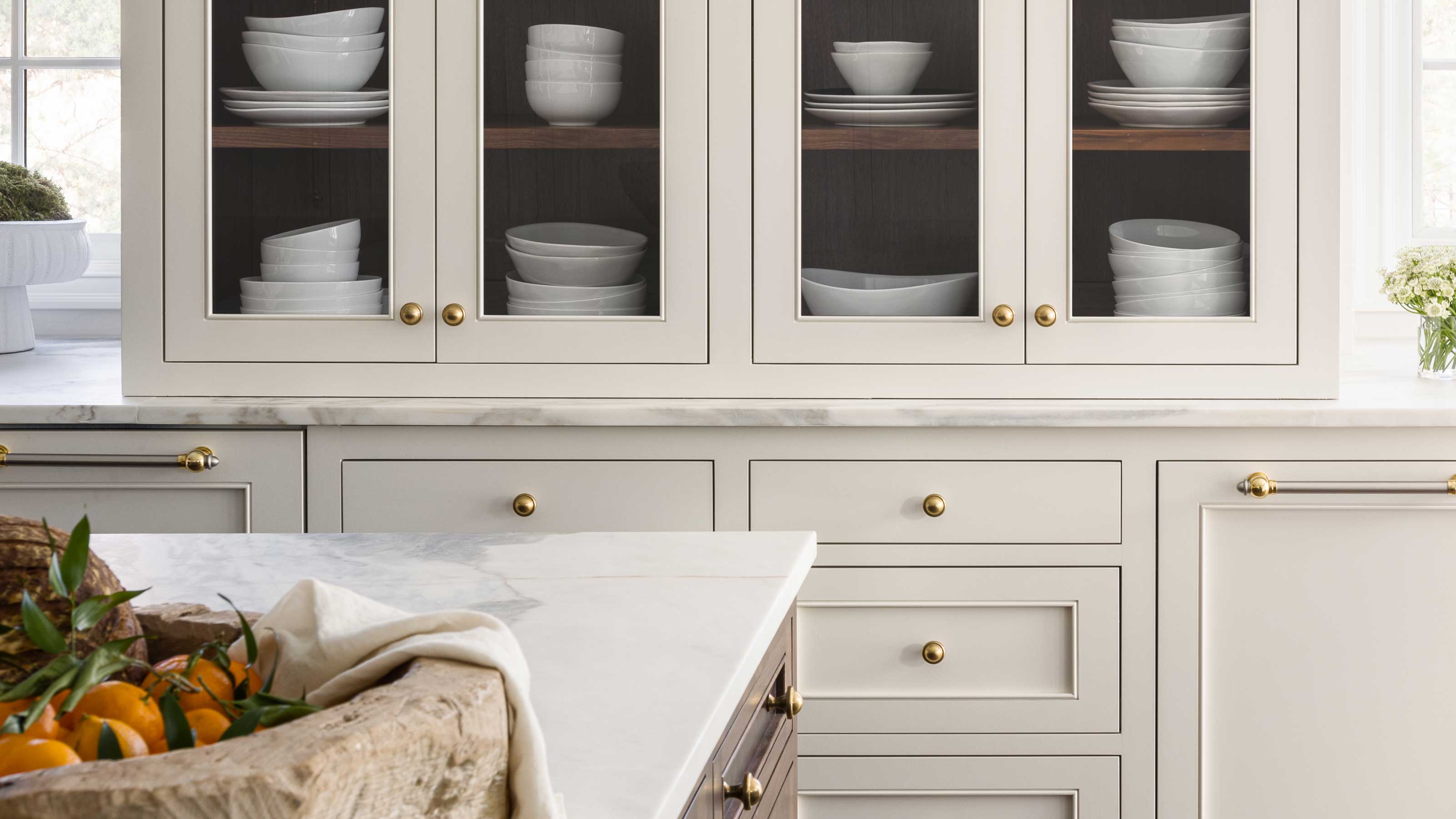

Kitchen Storage
Is It Better To Have Doors Or Drawers In A Kitchen? The Experts Advise
Modified: January 5, 2024
Discover the pros and cons of having doors or drawers in your kitchen for easy storage. Get expert advice on choosing the best kitchen storage ideas.
(Many of the links in this article redirect to a specific reviewed product. Your purchase of these products through affiliate links helps to generate commission for Storables.com, at no extra cost. Learn more)
Introduction
When it comes to designing the perfect kitchen, one crucial decision homeowners have to make is whether to have doors or drawers for their kitchen storage. Both options have their own set of advantages and disadvantages, and it’s important to carefully consider them before making a choice. To help you make an informed decision, we’ve consulted experts in the field to gather their insights. So, is it better to have doors or drawers in a kitchen? Let’s explore.
Key Takeaways:
- When choosing between doors and drawers for kitchen storage, consider accessibility, organization, cost, space utilization, and aesthetics to make an informed decision that suits your personal preferences, storage needs, and budget.
- Experts recommend a combination of doors and drawers to balance concealed storage and efficient accessibility, providing the best of both worlds for a functional, organized, and visually pleasing kitchen storage solution.
Advantages of Doors in a Kitchen
There are several advantages to having doors in a kitchen, and these should be taken into account when deciding on your kitchen storage solution.
- Concealment: One of the primary benefits of doors is that they provide concealment. With doors, you can hide away clutter and maintain a clean and organized appearance in your kitchen. This is especially useful for items that you may not want on permanent display, such as small appliances or cleaning supplies.
- Aesthetics: Doors can contribute greatly to the overall aesthetic of your kitchen. They come in a variety of styles, materials, and finishes, allowing you to create a cohesive look that matches your personal taste and the design of the rest of your kitchen.
- Cost-effective: Doors are often a more cost-effective storage solution compared to drawers. They require fewer materials and are generally easier to install, making them a budget-friendly option for homeowners.
- Accessibility: While drawers offer ease of access in certain scenarios, doors can also be designed with accessibility in mind. By incorporating features such as pull-out shelves or lazy Susans, you can maximize the functionality and accessibility of your kitchen storage.
These advantages make doors a popular choice among homeowners who value aesthetics, concealment, and cost-effectiveness in their kitchen storage solution.
Disadvantages of Doors in a Kitchen
While doors offer many benefits for kitchen storage, they also come with a few disadvantages that should be considered before making a decision.
- Limited Accessibility: Doors can sometimes limit accessibility to items stored inside. It may require reaching into deep cabinets or bending down to access items at the back of the shelves. This can be inconvenient and potentially lead to disorganization if items are difficult to reach.
- Cluttered Interiors: Without proper organization and storage solutions inside the cabinets, items can become cluttered and disorganized. Without dividers or organizers, it may be challenging to keep items neatly arranged, causing frustration when trying to find specific items.
- No Visual Clues: With doors, you often can’t see what’s inside without opening them. This can make it harder to quickly locate items and may lead to wasted time searching for things that are hidden from view.
- potential Safety Hazards: Depending on the design and installation, doors can pose safety hazards. For example, a door that swings open too widely may cause accidental collisions or injuries. It’s crucial to consider the safety aspects when selecting door styles and hardware.
These disadvantages highlight the trade-offs that come with choosing doors for kitchen storage. It’s essential to weigh these factors against the advantages to determine if doors are the right choice for your kitchen.
Advantages of Drawers in a Kitchen
Drawers have gained popularity in kitchen storage solutions for several reasons. Let’s explore the advantages they offer:
- Easy Accessibility: Drawers provide easy access to items stored within them. Unlike doors, which require reaching and searching, drawers allow you to simply pull them out to view and reach the contents. This makes it convenient to find and retrieve items, especially those stored towards the back.
- Optimized Storage: Drawers maximize storage space utilization, making it easier to organize and categorize items. With dividers and inserts, you can create designated spaces that keep items separated and prevent clutter. This helps maintain an orderly and efficient kitchen.
- Visibility: With drawers, you have a clear view of the contents without the need to open multiple doors. This saves time and makes it easier to locate specific items, even at a glance.
- Ergonomics: Drawers are designed to be ergonomically friendly. With full-extension slides, they allow for complete access and easy reach, reducing strain and minimizing the risk of back or shoulder injuries.
The advantages of drawers make them an appealing choice for homeowners who prioritize accessibility, organization, and efficiency in their kitchen storage solution.
Consider the items you plan to store – doors are better for larger items, while drawers are more accessible for smaller items. A combination of both can offer the best of both worlds.
Disadvantages of Drawers in a Kitchen
While drawers offer a range of benefits for kitchen storage, they also have a few disadvantages to consider:
- Cost: Drawers tend to be more expensive than traditional doors. The inclusion of hardware, slides, and a sturdier construction adds to the overall cost of installation.
- Weight Limitations: Drawers have weight limitations. Heavy items stored in drawers can put strain on the slides, potentially leading to damage or difficulty in opening and closing the drawers smoothly.
- Limited Height Options: Drawers may not be ideal for storing taller or bulkier items such as large pots, pans, or tall appliances. The limited height space in drawers may not accommodate these items, necessitating alternative storage solutions.
- Wasted Vertical Space: Unlike cabinets with vertical shelving, drawers can waste vertical space. The height of a drawer must accommodate the height of the items stored within, potentially resulting in unused space above or below the stored items.
These drawbacks highlight the considerations and trade-offs associated with choosing drawers for kitchen storage. It’s important to assess these factors against the advantages to determine if drawers align with your kitchen storage needs and priorities.
Expert Opinion on Doors vs. Drawers
We reached out to several experts in the field to gather their insights on the doors versus drawers debate in kitchen storage. Here’s what they had to say:
- Lisa Johnson, Interior Designer: “Doors provide a clean and seamless look to kitchen cabinets, making them a great choice for homeowners who prioritize aesthetics. However, drawers offer superior accessibility and organization. I often recommend a combination of both, with doors for larger items and drawers for smaller, frequently-used items.”
- John Smith, Kitchen Remodeler: “In my experience, drawers are the way to go for efficiency and functionality. They allow for quick access to items, eliminate the need for bending down or reaching into deep cabinets, and make it easier to keep items organized. I typically suggest a mix of drawers and pull-out shelves for the best of both worlds.”
- Emily Jones, Kitchen Organizer: “When it comes to kitchen storage, it really depends on the individual’s needs and preferences. Doors are great for concealing clutter and maintaining a streamlined look. However, drawers offer better visibility and organization. I often recommend assessing the specific items you need to store and considering factors like accessibility and space utilization.”
These expert opinions provide valuable insights into the doors versus drawers dilemma. It’s evident that personal preferences, lifestyle, and the specific needs of your kitchen play a significant role in determining the ideal storage solution.
Factors to Consider when Choosing Between Doors and Drawers
When deciding between doors and drawers for your kitchen storage, it’s important to consider the following factors:
- Accessibility: Determine how easily you want to access your items. If convenience and quick retrieval are priorities, drawers are a better option. However, if you don’t mind reaching into cabinets or prefer a cleaner look, doors may be more suitable.
- Organization: Consider how you plan to organize your kitchen items. Drawers provide better organization options with dividers and inserts, making it easier to categorize and separate items. If you prioritize efficient organization, drawers are likely the way to go.
- Cost: Evaluate your budget. Doors are generally more cost-effective than drawers, which require additional hardware and construction. If cost is a significant consideration, doors may be the more affordable choice.
- Space Utilization: Assess the space in your kitchen. If you have limited vertical space and need to maximize storage capacity, drawers can make better use of the available space. However, if you have tall or bulky items that won’t fit in drawers, doors with vertical shelving may be more suitable.
- Aesthetics: Consider the overall look and design of your kitchen. Doors provide a streamlined and cohesive look, while drawers can add a contemporary and convenient touch. Choose the option that aligns with your preferred aesthetic and complements the rest of your kitchen design.
By carefully considering these factors, you can make an informed decision that suits your personal preferences, storage needs, and budget.
Conclusion
Choosing between doors and drawers for your kitchen storage is a decision that requires careful consideration. Both options offer unique advantages and disadvantages that should be weighed against your specific needs and preferences.
Doors provide concealment, a clean aesthetic, and cost-effectiveness. On the other hand, drawers offer easy accessibility, optimized storage, visibility, and enhanced ergonomics.
While experts have varying opinions on the matter, the consensus suggests that a combination of doors and drawers can provide the best of both worlds. This allows for a balance between concealed storage and efficient accessibility.
When making your decision, consider factors such as accessibility, organization, cost, space utilization, and aesthetics. Assess your storage needs and prioritize what matters most to you in terms of functionality and style.
Remember, there is no one-size-fits-all answer to the doors versus drawers debate. Each kitchen and homeowner is unique, and it’s essential to choose the option that aligns with your lifestyle and design goals.
Whether you opt for doors, drawers, or a combination of both, the key is to create a kitchen storage solution that is functional, organized, and visually pleasing. By considering the expert insights and factors outlined in this article, you can make an informed decision that will enhance the efficiency and beauty of your kitchen.
Frequently Asked Questions about Is It Better To Have Doors Or Drawers In A Kitchen? The Experts Advise
Was this page helpful?
At Storables.com, we guarantee accurate and reliable information. Our content, validated by Expert Board Contributors, is crafted following stringent Editorial Policies. We're committed to providing you with well-researched, expert-backed insights for all your informational needs.
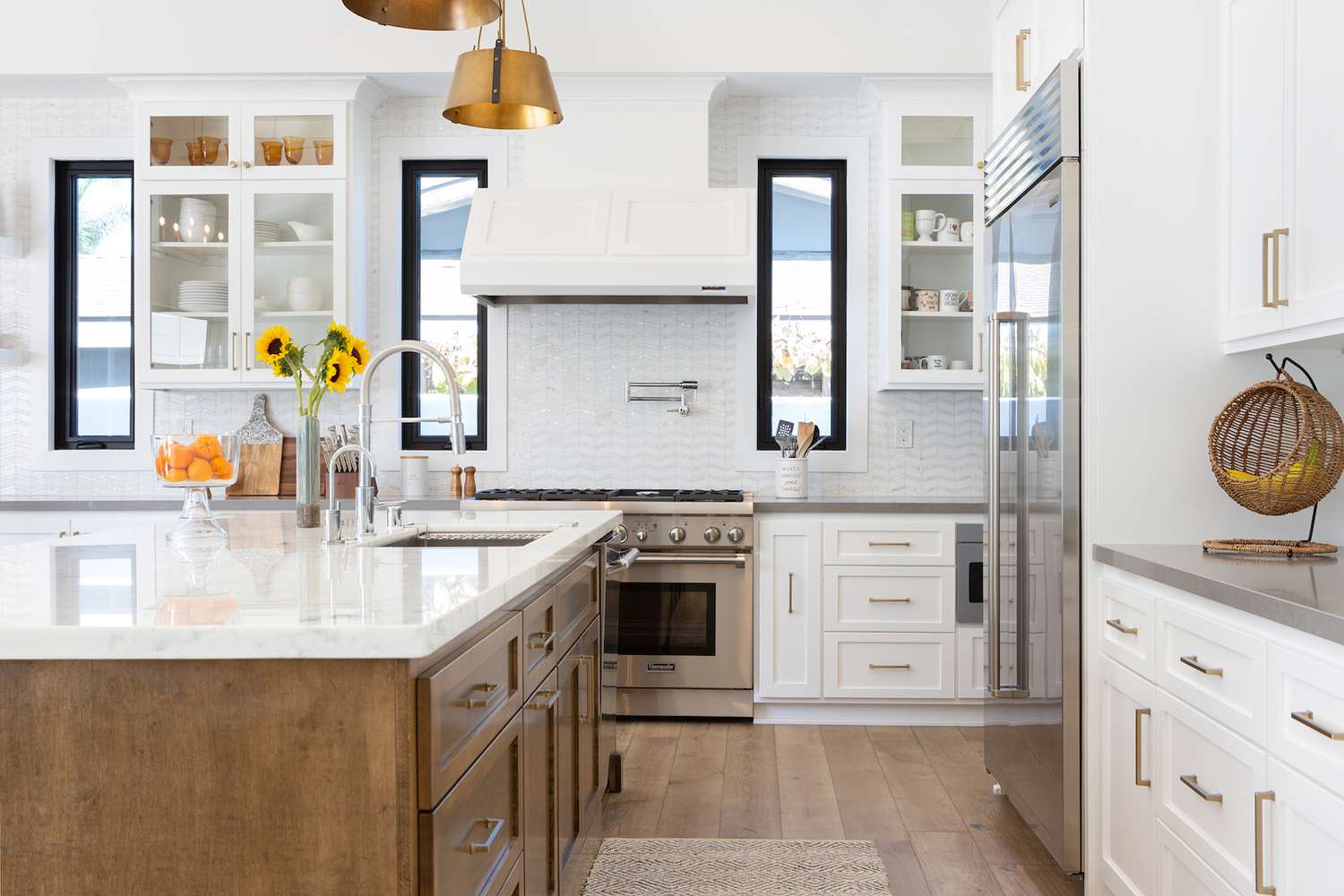
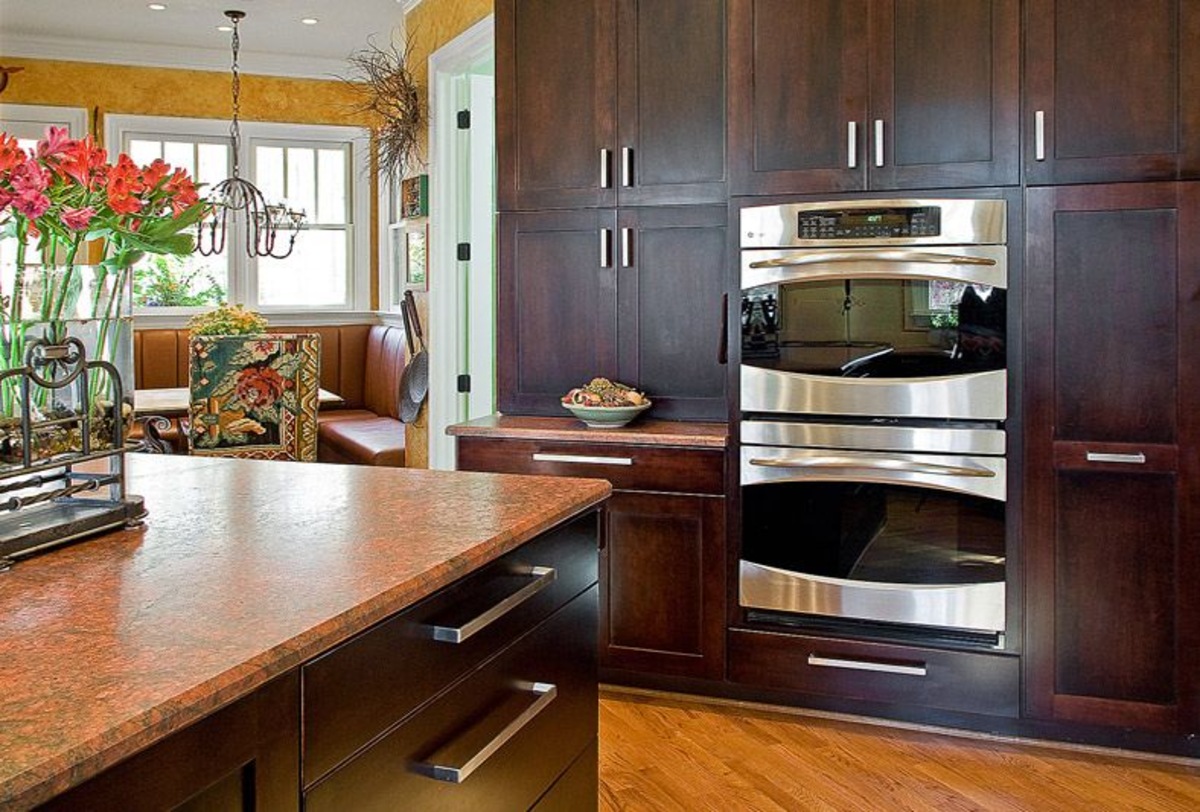
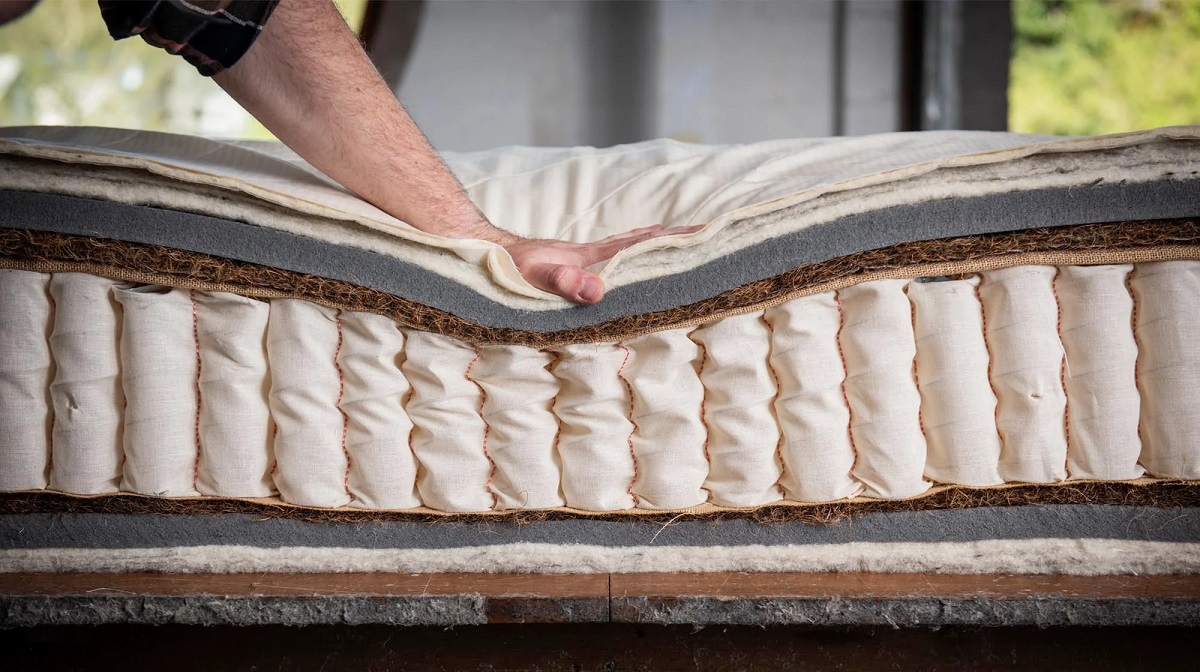
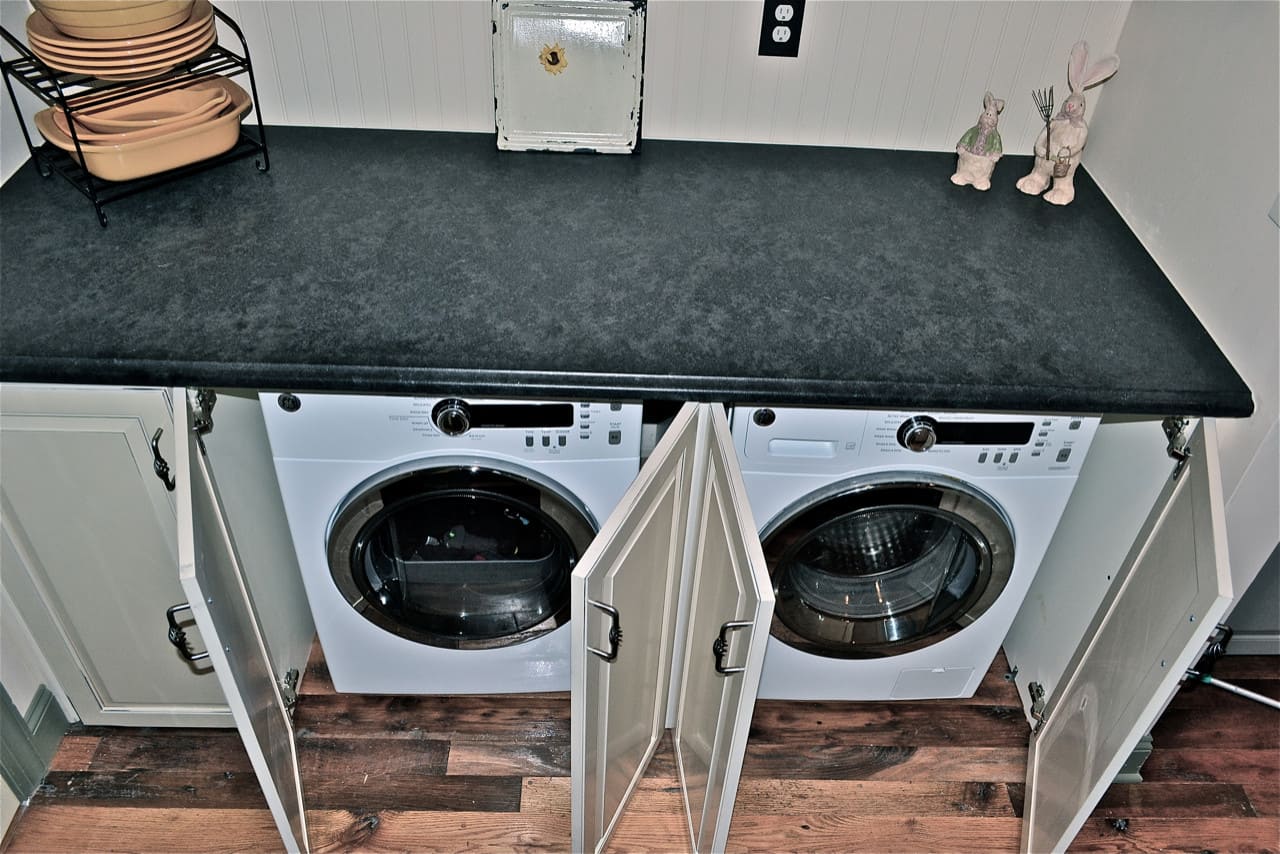
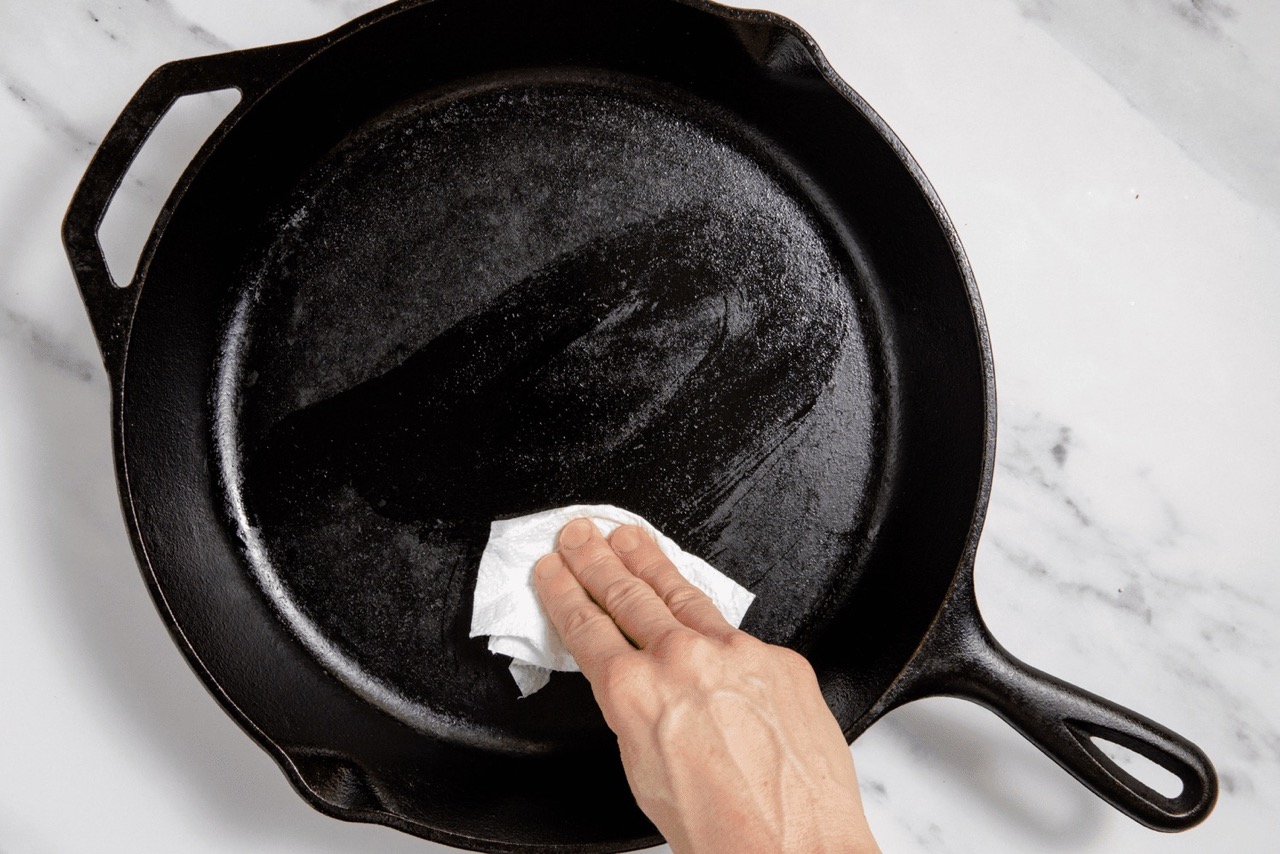

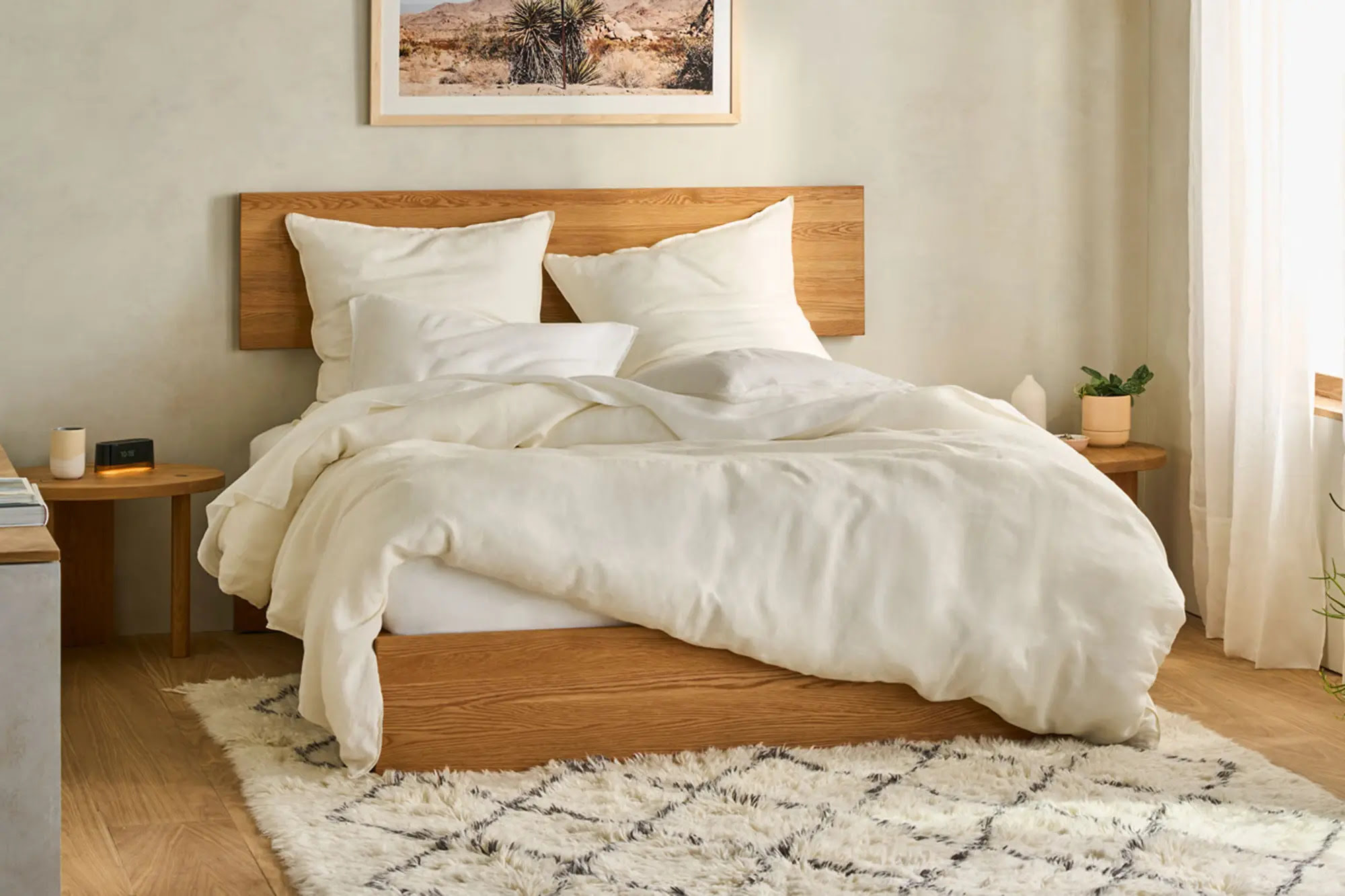
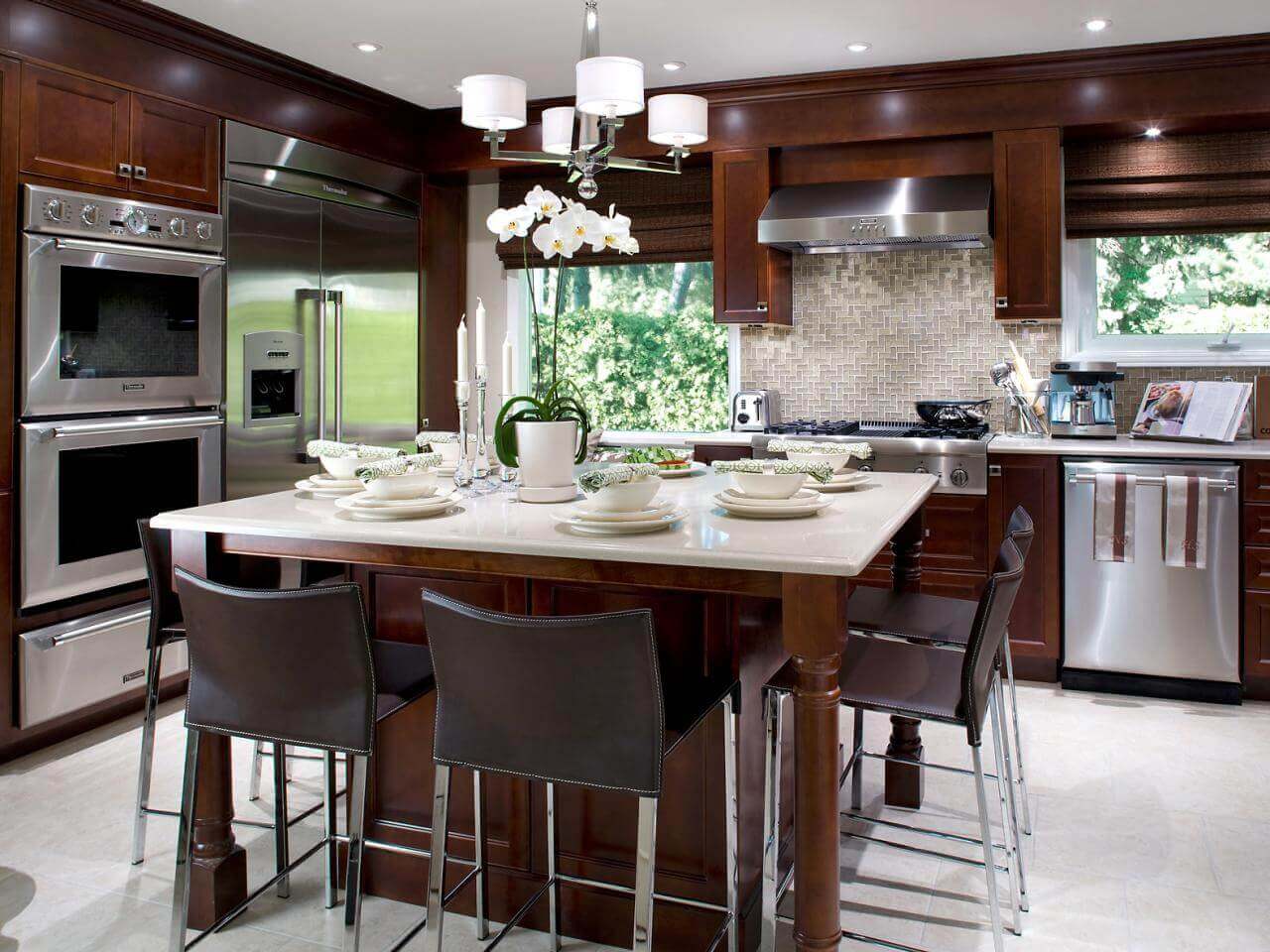
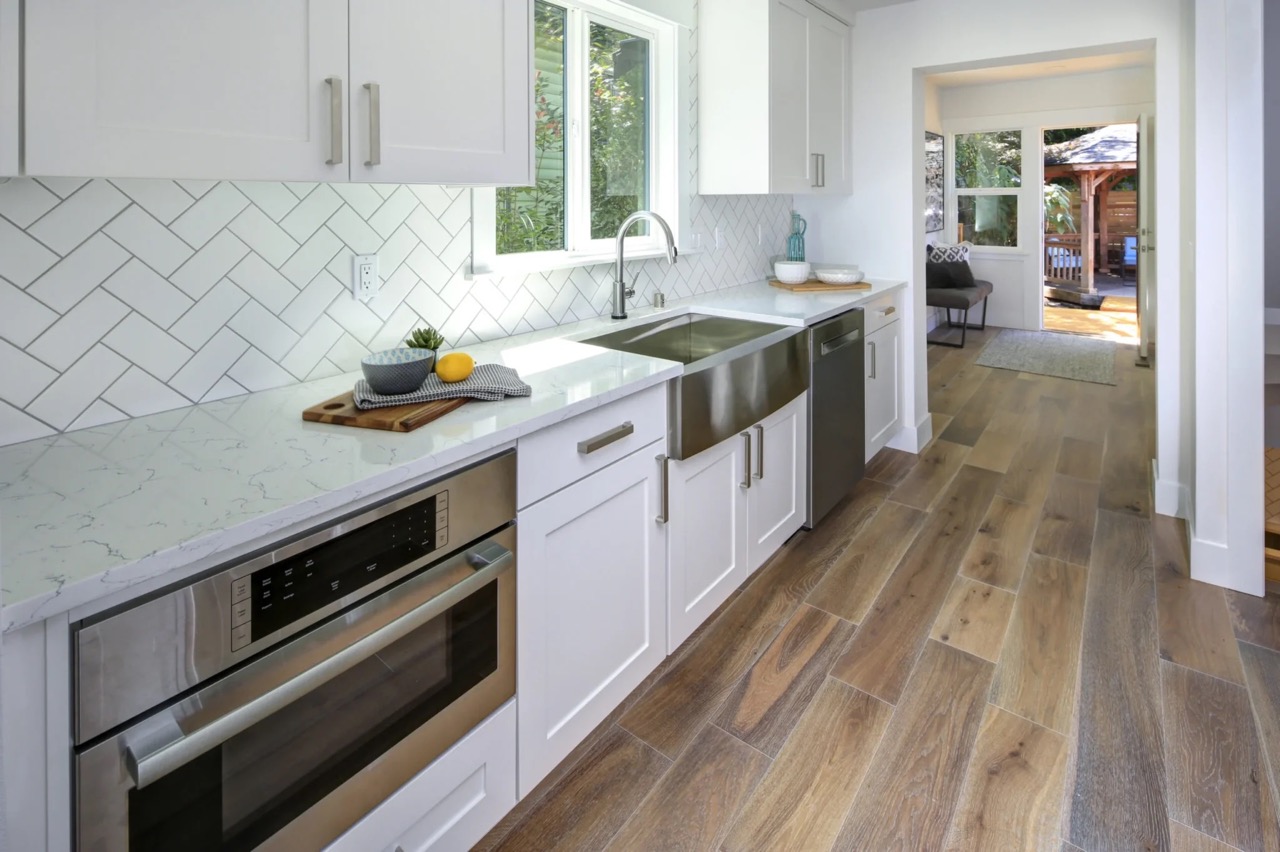
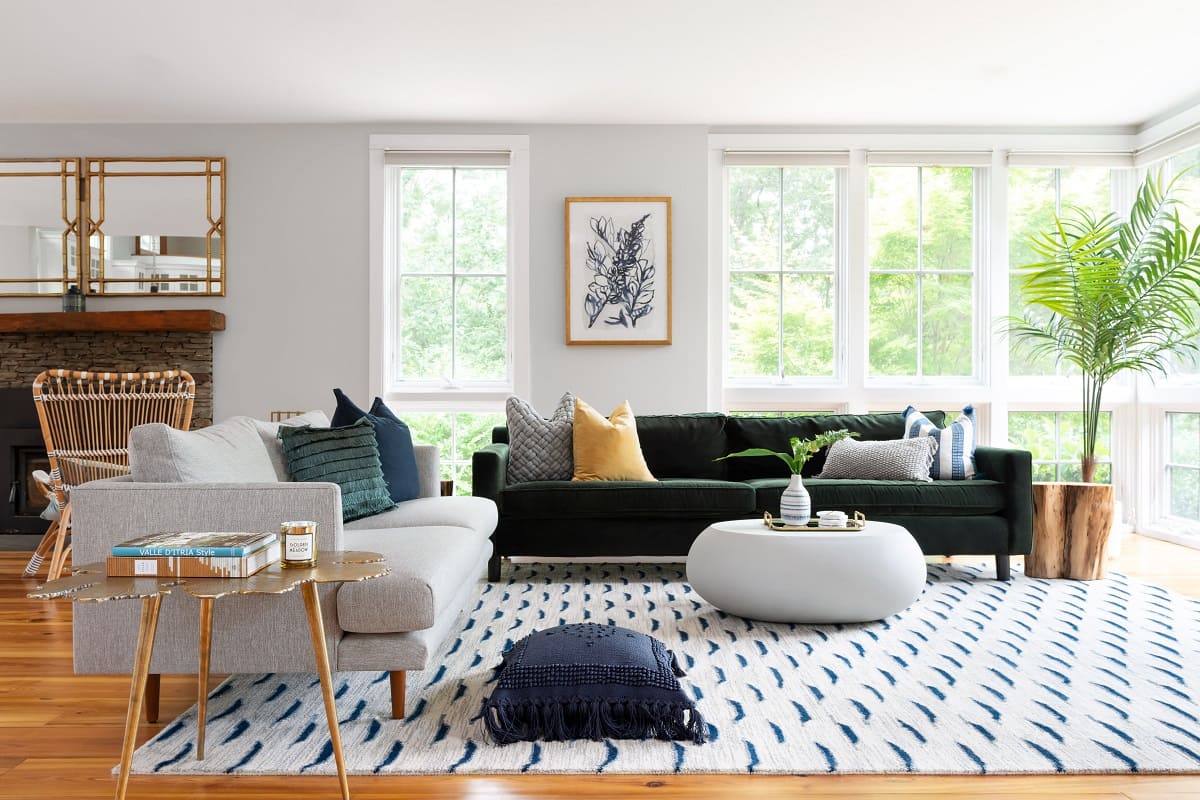
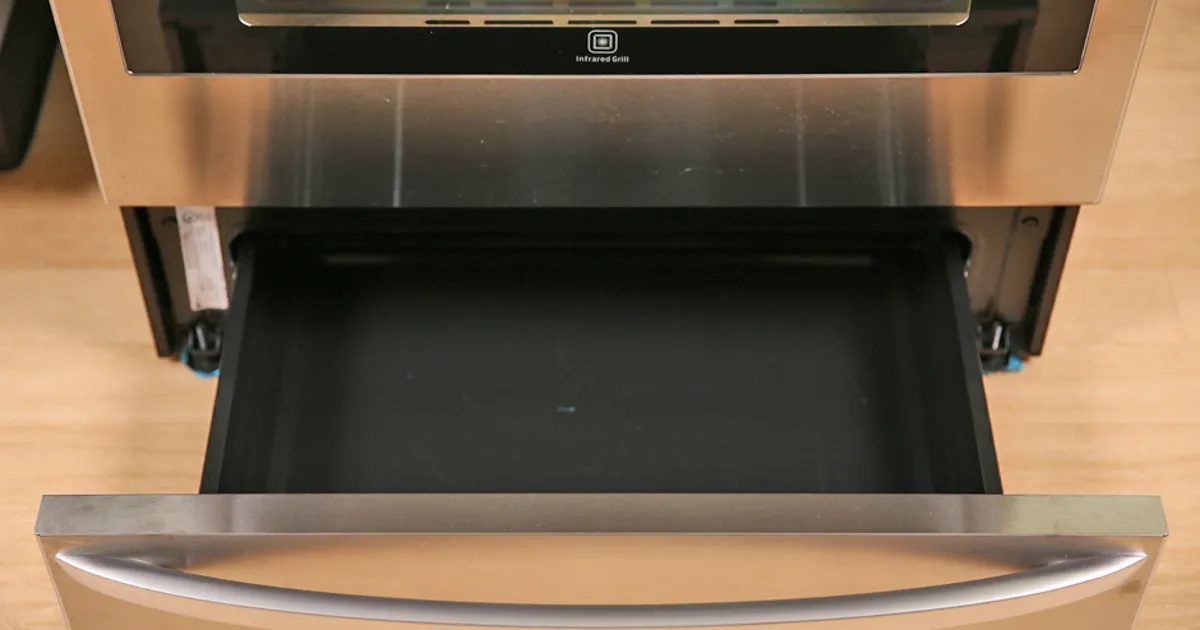
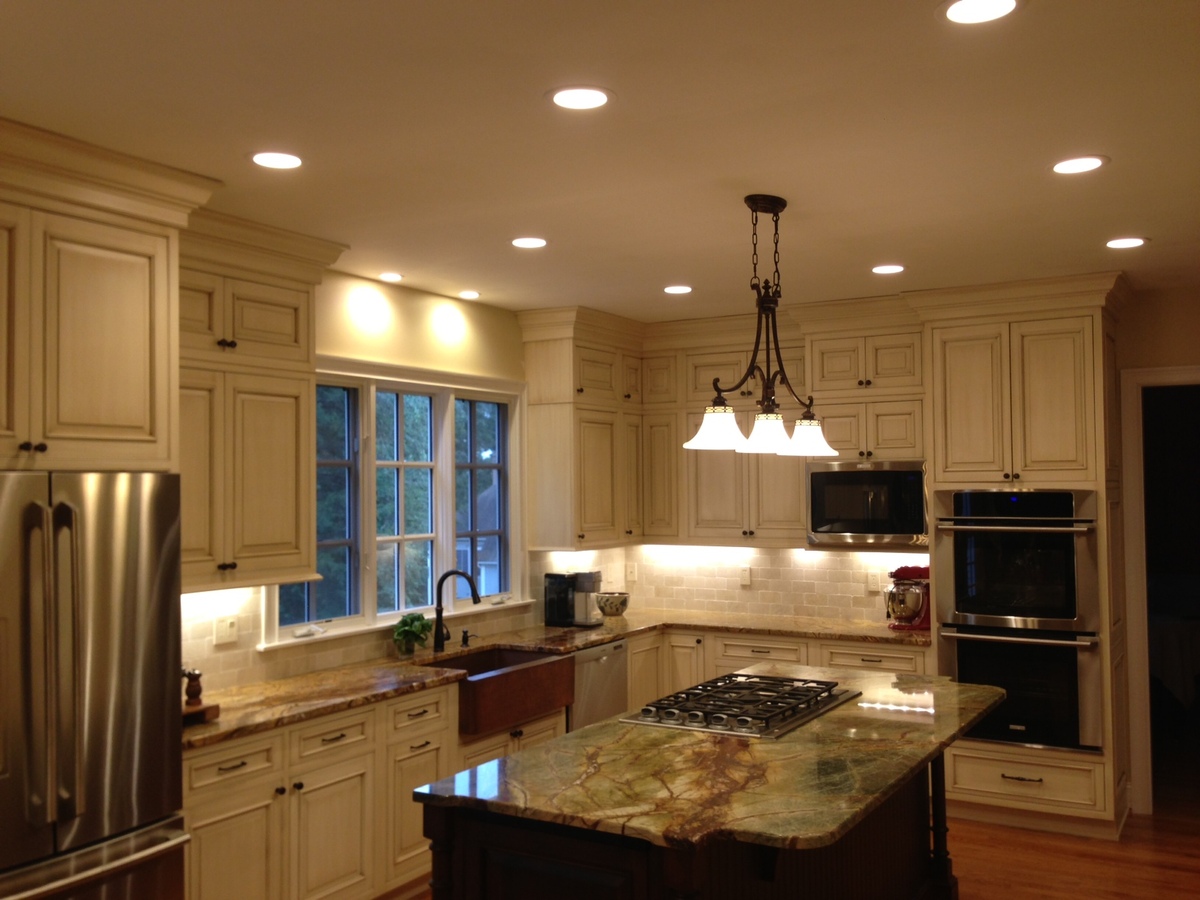



0 thoughts on “Is It Better To Have Doors Or Drawers In A Kitchen? The Experts Advise”